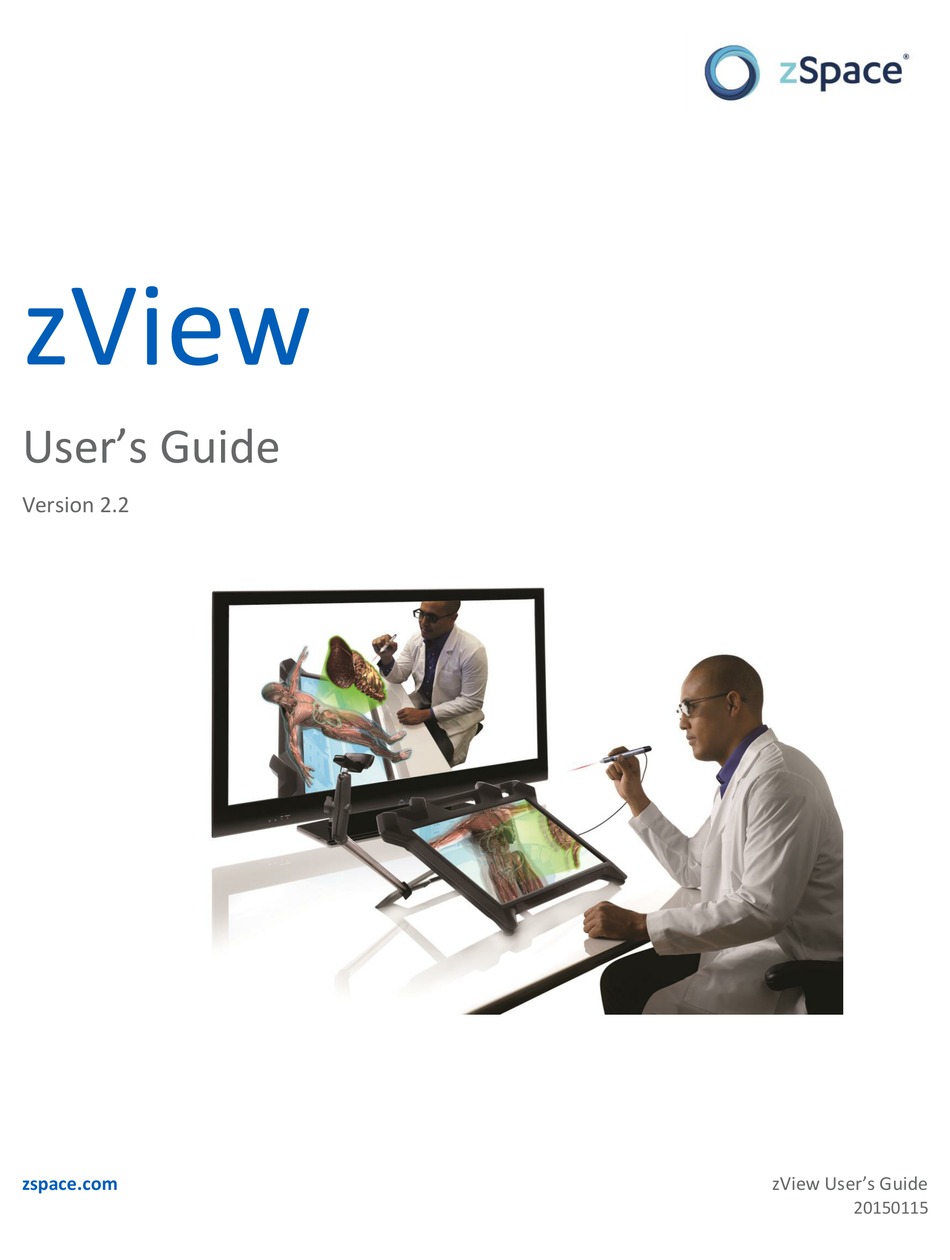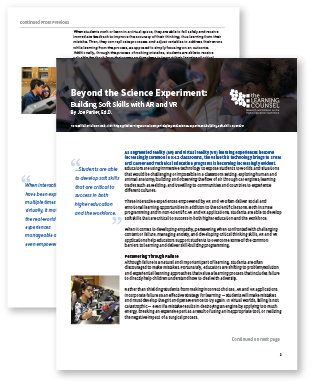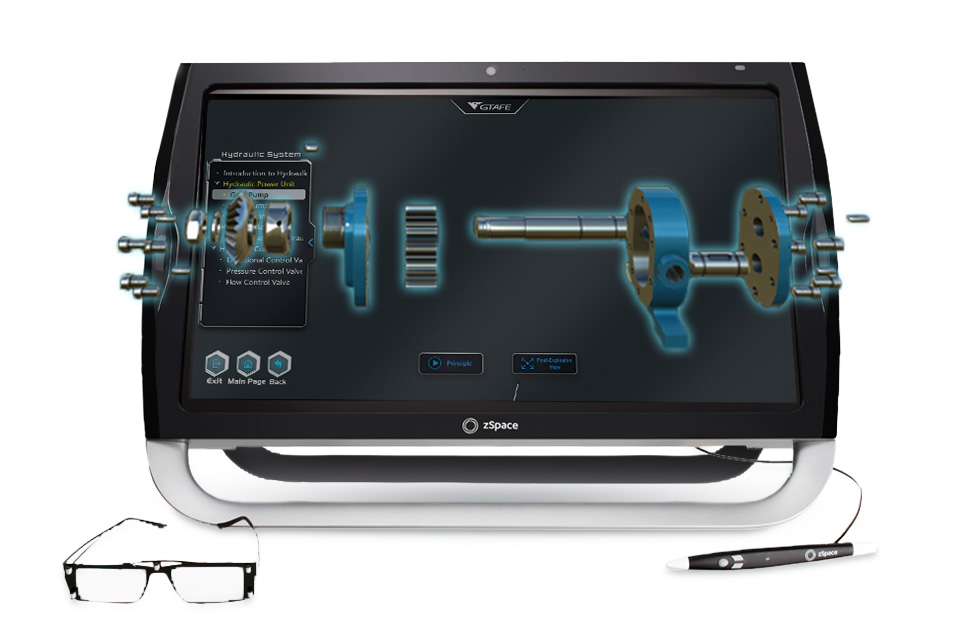

For example, students can view microscopic objects in 3D, or stand in the middle of a physics simulation. This kind of experience lends itself to hands-on learning that either simulates real-world experiences or presents complex information in ways that would not otherwise be possible. At the highest level, advanced VR systems can fully immerse users in a virtual environment, where they can interact with virtual objects as well as other individuals in real time. However, AR/VR devices and applications have only recently become affordable and user-friendly enough for these solutions to actually be implemented in classrooms.ĪR/VR technologies offer a wide range of capabilities to present information in more interactive ways than their two-dimensional counterparts. AR/VR technologies are a promising addition to the growing field of education technology because of their immersive experiences, their ability to share information in new and engaging ways, and their potential to offer virtual experiences that expand access to educational opportunities that would otherwise be limited by cost or physical distance. Researchers have been exploring the potential of immersive technologies as an educational tool since at least the 1990s. supporting initiatives to expand access to AR/VR devices and applications.accelerating the development of quality, relevant, and age-appropriate immersive educational content by investing in government educational content for AR/VR and expanding AR/VR innovation in colleges and universities and.providing resources and opportunities for educators to develop the skills and knowledge needed to successfully deploy these technologies, and developing resources and guidance to integrate AR/VR technologies into digital literacy initiatives to reduce the “learning curve” for students at all levels.investing in research into best practices to mitigate health and safety concerns for young children, and providing guidance on age-appropriate use.

Congress should direct the Department of Education to help to bridge existing knowledge and content gaps by:
#Cyber science 3d zspace full#
Policymakers can play a valuable role in accelerating adoption and encouraging innovation to realize the full potential of AR/VR technologies in education. This report explores the current state and potential contributions of AR/VR in education and highlights a sampling of the solutions across subjects and learning levels that are building the foundation for the immersive classrooms of the future. The technologies necessary to develop and access immersive content are also becoming easier to use and more affordable.

Many basic experiences are compatible with mobile devices, and advanced headsets simultaneously improve in quality and decrease in cost. Classrooms across the country use AR/VR for virtual field trips, science experiments, immersive simulations, and more. But immersive learning has only recently transitioned from small-scale experimentation to a multimillion-dollar market with rapidly growing use. These technologies expand the possibilities of learning environments from K-12 classrooms to medical schools by reducing barriers from physical space, enhancing collaboration and hands-on learning, and providing individualized learning approaches that can help students at all levels thrive.ĪR/VR as an educational tool is hardly a novel concept. Augmented reality and virtual reality (AR/VR)-immersive technologies that enable users to experience digitally rendered content in both physical and virtual spaces-offer notable potential for edtech innovation. As momentum for educational technologies continues to grow, educators and institutions are looking for new ways to integrate digital solutions into classroom experiences. public school teachers said they used digital tools every day, while 13 percent used them a few days a week-and 85 percent saw “great value” in using them in the future. In a 2019 Gallup survey, 65 percent of U.S. Current Applications of AR/VR Technologies in EducationĬonsiderations and Recommendations for Policymakersĭigital technologies are continually transforming the field of education.


 0 kommentar(er)
0 kommentar(er)
